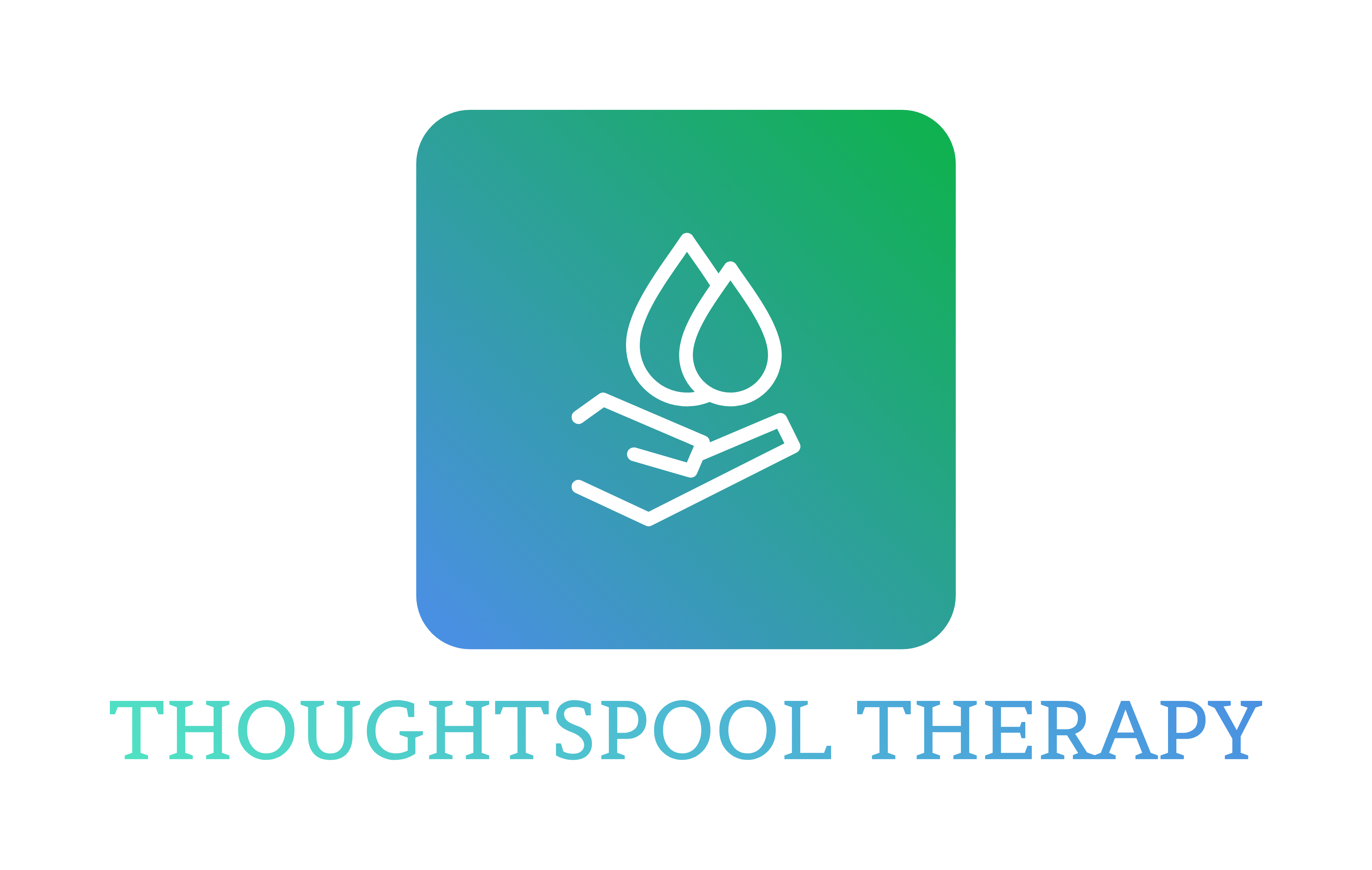Emotions and experiences that a child cannot manage in a safe manner tend to get trapped within the child’s body and mind. This trapped experience is either ‘avoided, deflected, projected or suppressed.’
Unfortunately, these ‘fright, flight, freeze, fawn’ responses do cause compensatory behaviours as well.
Here is one such example.
If a child has witnessed one of his siblings being beaten by a caregiver, teacher or parent, his initial attempts might be to hide, run and protect himself and the sibling, but soon he also starts to feel rage. That rage is the result of feeling helpless in that situation for years and trying to balance things like respect, responsibility and accountability on behalf of the adults in his immediate circle. Even though the rage starts to protect the child and his sibling, he begins to struggle to stay calm in situations that feel similar: confronting, confusing and difficult.
He is reminded of being helpless in those situations and within microseconds his rage will erupt and take over as it used to when he was a child. Unfortunately, after growing up and becoming an adult, the rage creates problems rather than restoring safety. However, since the helplessness and rage come about as a trauma response, they cannot just disappear.
Talking about the rage and anger will make the now adult child confused because he never learnt or was taught how to manage and ‘feel’ difficult emotions and experiences in a safe manner. In fact, he felt those emotions due to behaviours of caregivers/authority figures who were supposed to provide safety and reliable care. Therefore, trusting another adult becomes hard. This causes problems in forming safe relationships as well.
Personal relationships would bring about that same confusion if an issue arose that was difficult to manage. The adult child would struggle to take responsibility since accountability and responsibility weren’t modelled to him. He would show more anger when encouraged to process it and break away from that relationship. This would often create a cycle of fleeting/superficial/intense relationships.
Often, inappropriate eating, exercise or work ethic and alcohol, drugs, sex, gambling, pornography and other risky behaviours are also used to escape that confusion and conflict.
On the outside the image is of an unreliable, moody, aggressive and ‘addict’ type of person who is in ‘all sorts of things.’
Meanwhile, hiding beneath that deceptive façade has been living a helpless and angry child who is deeply hurt and sad because no one listened to him, stood up for him or protected him. And once he got lost in that survival mode, he struggled to find a way out.
Working through a trauma-informed lens, we can help that adult child learn to stay and connect with those difficult and confusing emotions in his body. We help him understand and speak to that younger self in a kind and caring manner, ensuring he feels safe in the therapeutic relationship to do so. We help him recognise that he is not helpless anymore so he doesn’t need to rely on rage to protect himself. We also help him learn that rage was once helpful in keeping him safe but now was the very emotion that was bringing him lack of safety in his relationship with himself and others.
Here, inner child work is done, where he is taught to communicate to his younger version about events and situations he can visit safely now.
Acceptance and Commitment Therapy, Clinical Hypnosis, Schema Therapy, Narrative Therapy and Emotion Focused Therapy are a few examples of modalities that can be very helpful for such patients.
I provide ACT, Clinical Hypnosis, EFT in a trauma-informed way to assist my patients in making sense of their life journeys in a meaningful way.
The focus of these therapeutic modalities is to provide understanding into behaviours often considered problematic and people showing them, insane! We help them see how normal it was for them to pick up these behaviours and they are not wrong, just maladaptive now.



